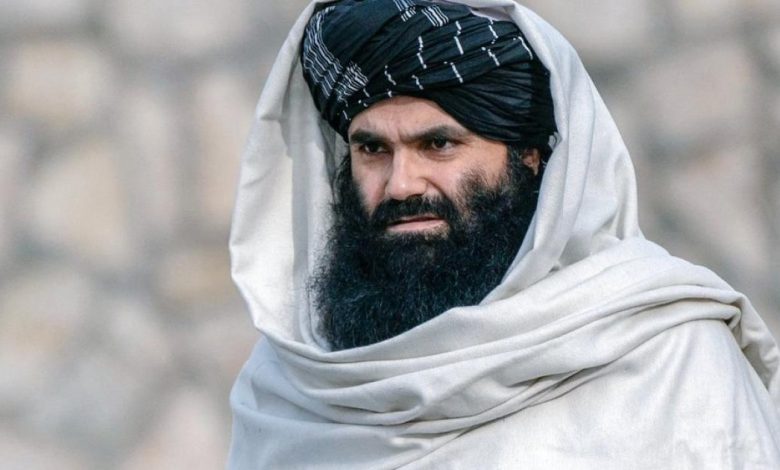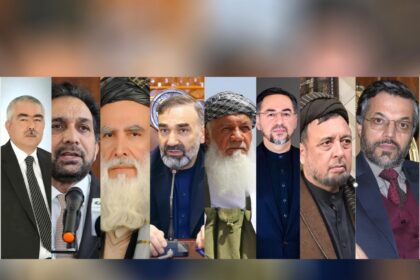RASC News Agency: Sirajuddin Haqqani, leader of the Haqqani Network and Taliban’s Interior Minister, has reportedly constructed a palace in Paktia that rivals the opulence of royal residences worldwide. A local source from Paktia, using the pseudonym Aminullah, described the palace’s grandeur:
“Over the past three years of Taliban rule, Sirajuddin Haqqani has built a residence that surpasses anything constructed by political leaders or wealthy businessmen during the 20 years of the previous republic.” He further elaborated:
“The palace is situated near an airstrip. The moment you step inside, you feel as if you’ve entered the lavish residence of one of the world’s wealthiest monarchs.” Other sources have also confirmed the palace’s immense scale and luxury.
Despite his opulent estate, Sirajuddin Haqqani has been absent from Afghanistan for over a month, fueling speculation about internal rifts within the Taliban leadership. Reports indicate that Haqqani departed Kabul on January 23 for the United Arab Emirates. The United Nations had granted him a temporary travel exemption until February 3 for religious pilgrimage, yet he has remained abroad well beyond that deadline. Many analysts attribute his prolonged absence to an intensifying power struggle with Mullah Hibatullah Akhundzada, the Taliban’s supreme leader.
Haqqani is not the only senior Taliban leader currently away from Afghanistan. Reports suggest that Mullah Abdul Ghani Baradar, the Taliban’s Deputy Prime Minister for Political Affairs, has also been outside the country for several weeks, likely in Qatar. While some sources claim his trip is for medical treatment, others believe it is linked to the deepening fractures within the Taliban’s hierarchy. Meanwhile, internal security measures appear to be tightening within Taliban ranks: Mawlawi Mohammad Yaqoob, the Taliban’s Defense Minister, is reportedly under surveillance in Kandahar. Mawlawi Wasiq, the head of Taliban intelligence, is also said to be closely monitored by the Kandahar faction of the group.
In recent weeks, internal divisions within the Taliban have grown increasingly apparent. Some conflicts have escalated to the point where key figures have either been demoted, sidelined, or forced into exile. If these fractures continue to widen, the Taliban’s once-unified leadership may soon face an existential crisis, threatening the group’s grip on power in Afghanistan.






